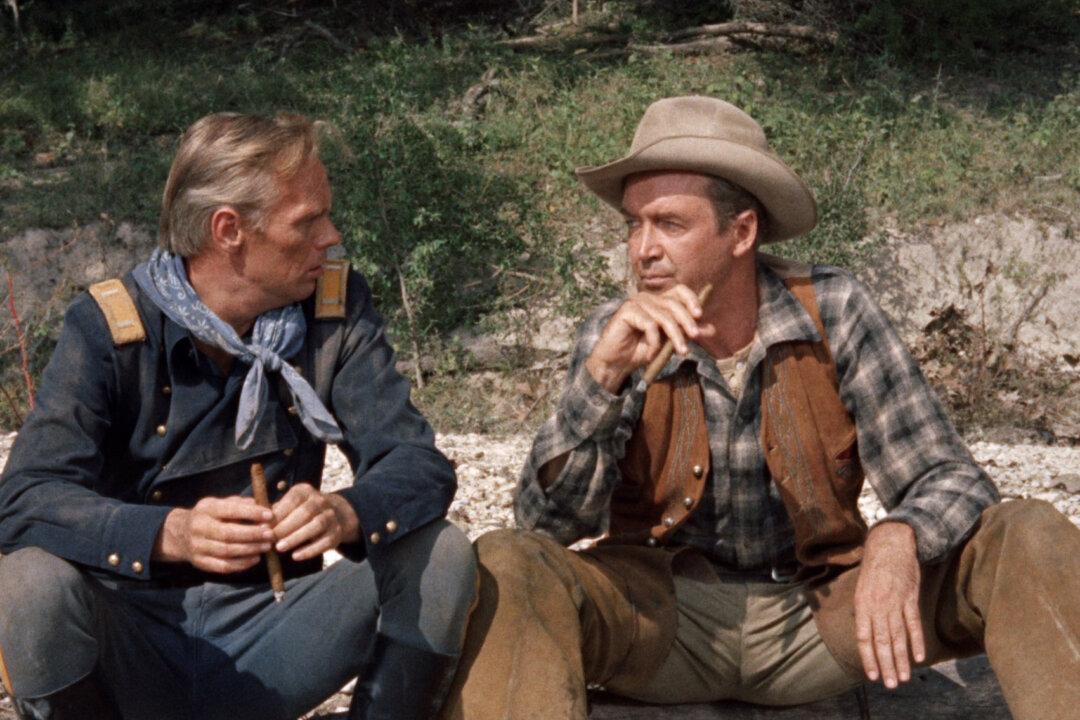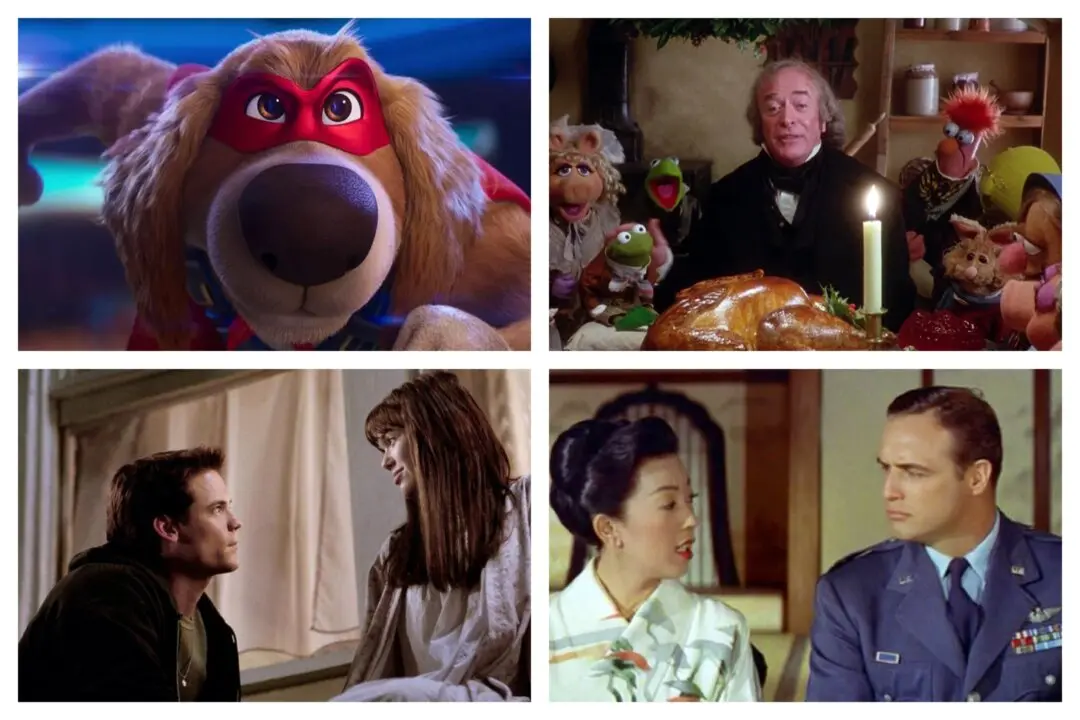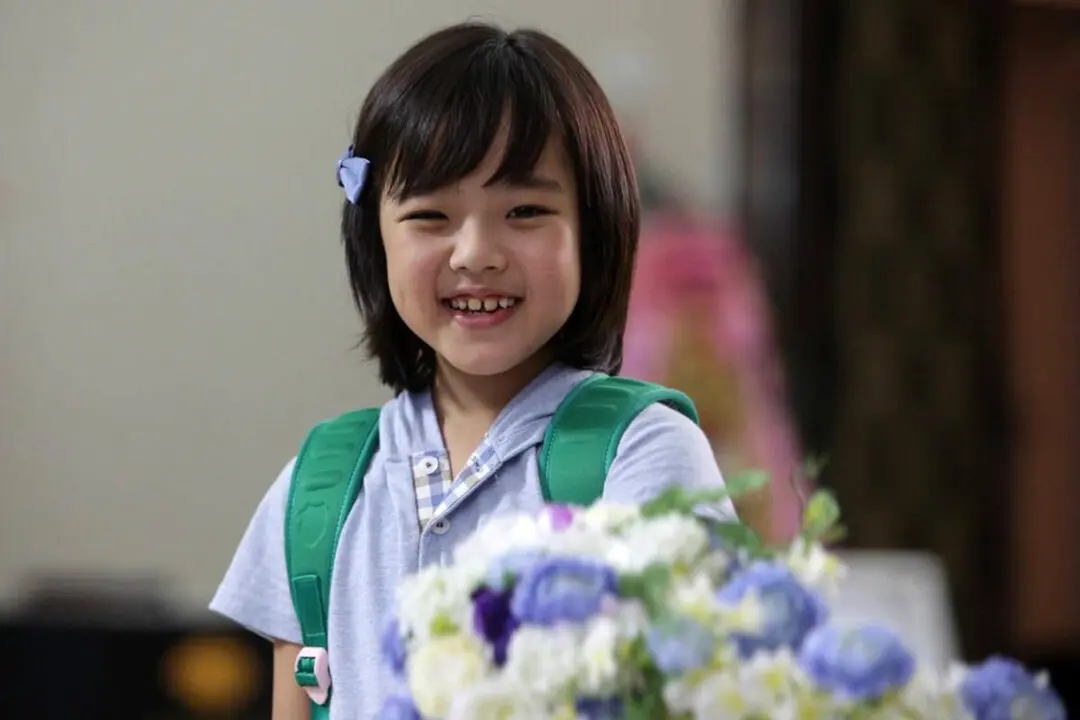NR | 1h 49m | Drama, Western | 1961
Legendary actor James Stewart worked with director Anthony Mann in westerns, which I’ve reviewed (1950’s “Winchester ’73” and 1953’s “Thunder Bay”), where he played more serious characters. In nonwesterns, he has played fun, engaging characters in films that made him popular, such as “It’s a Wonderful Life” (1947), and “The Shop Around the Corner” (1940). He naturally infused many of his roles with a sense of good-natured charm.






